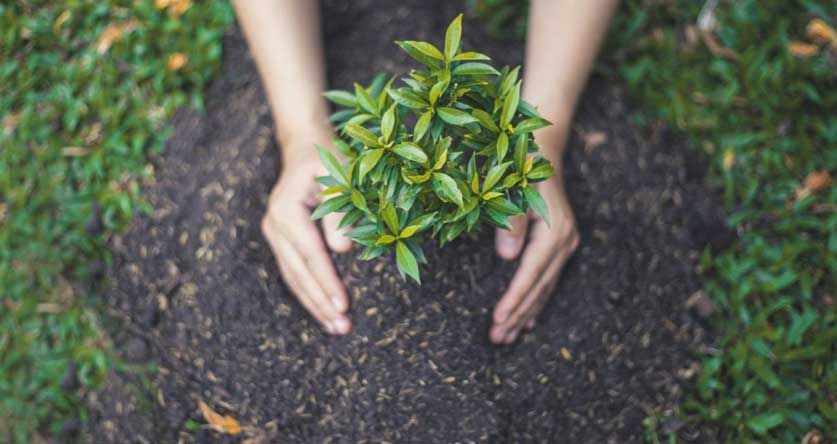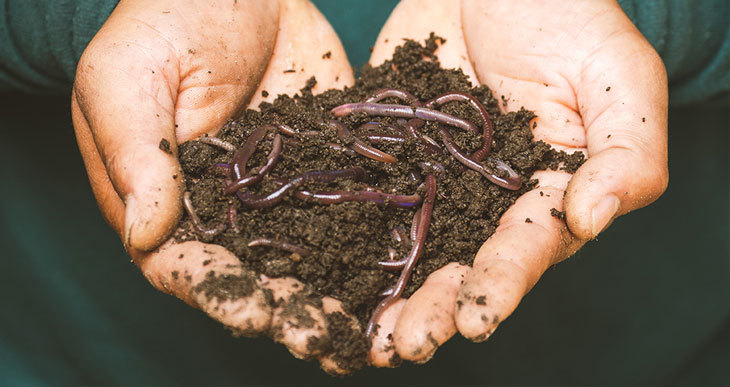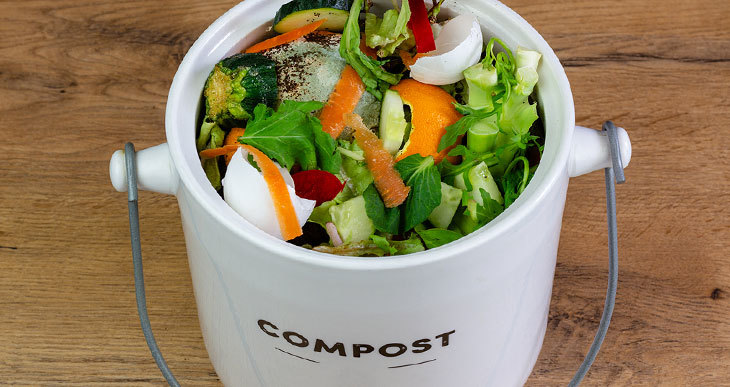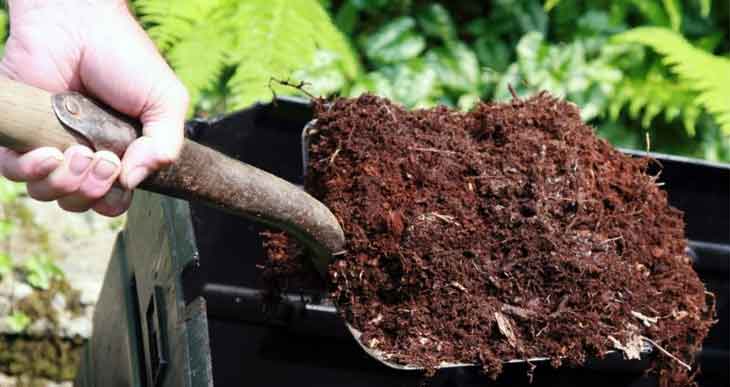How To Side Dress Compost (The Right Way!)

As you probably know…
Compost can be applied to the garden and plants in various ways.
You may have heard of top-dressing, but what about side-dressing with compost?
I can tell you’re intrigued!
Here’s everything you need to know…
How To Side-Dress Plants With Compost
Side-dressing plants with compost supplies them with additional nutrients during the growing season. In addition, this composting approach is more targeted since each plant can be given a different mix according to its individual requirements or to address a deficiency.
There are two main methods of applying compost to your garden; top-dressing and side-dressing. Top-dressing is typically appropriate in early spring or late fall when you have no plants in the garden.
This allows you to spread a layer of compost over your entire growing area to replenish the nutrients in your garden bed on a large scale.
So, how does side-dressing differ, what is the best way to do it, and is it effective to use compost in this way?
What Is Side-Dressing?
Side-dressing differs from top-dressing in that the approach is more focused on the plant’s needs rather than using a blanket approach to applying nutrients to the soil.
Side-dressing is a compost or fertilizer application method that localizes the material around the base of the plant you want to feed.
You can side-dress plants by spreading fertilizer or compost immediately around the base of the plant, going no further than the distance the leaves extend from the plant. This ensures that the nutrients filter into the soil directly below the plant and are accessible to the intended plant.
Another method of side-dressing is if you are planting in rows. To give them the needed nutrients, you can side-dress plants in the interim space between the rows, called furrows. This method is typically used where you plant multiple rows of the same plants that need the same nutrition during the growing season.
Side-dressing with compost can allow you to provide additional food for heavy-feeding plants without overfeeding other nearby plants.
Effectiveness Of Side-Dressing Compost
How effective is side-dressing with compost, and what quantities should you use? Side-dressing with compost is effective but does need to be done at the right stage of the plant’s growth and with some care.
Side-dressing with compost should be done on mature plants to avoid the risk of burning young plants with delicate stems and root systems. This is why side-dressing is more appropriate during the growing season once the plants are mature but require some additional feeding.
You can enhance the effectiveness of side-dressing by tweaking the mixture of compost for the plant’s specific needs. For example, the strength of the compost can be diluted by adding some topsoil to the compost in a 1:1 ratio before side-dressing the plants.
Side-Dressing With Worm Compost
Worm compost is the ideal mixture for side-dressing because it is milder than compost due to the further breakdown of the organic material by the worms. This means you can use worm compost more frequently if needed, and you can use it on younger plants.
A little worm compost goes a long way, and you can simply spread a handful of the compost around the base of each plant. Larger plants and young trees can be side-dressed with two handfuls of worm compost per plant.
Side-Dressing With Aged Compost
Aged compost has matured for longer, allowing the organic material to break down completely. As a result, aged compost is more balanced and less likely to burn plants, especially if manure has been included as an ingredient in the compost.
Aged manure is safer to use on plants than less-aged compost. This is because it will prevent the opposite effect of locking nutrients away from the plants while the decomposition process completes.
Conclusion
Side-dressing plants with compost is an effective method of providing plants with additional nutrient feeding during the growing season. The reason for the side-dressing can be to boost heavy-feeding plants or to address a nutrient deficiency you have noticed in the pants.
Do not side-dress seedlings or young plants with compost, or you risk burning the plants. If you need to side-dress young plants, use worm compost, well-aged compost, or a 1:1 mixture of compost and topsoil.







